Belgrade Unfiltered: Is It Worth Moving Here?
Hi there! In my first post I wrote about getting a residence permit in Serbia by registering as a sole proprietor. Today I’d like to talk about Belgrade itself — what the city is really like. This article is especially useful if you are considering Belgrade as a place to live rather than just a short visit.
A City of Contrasts
Belgrade left me with mixed feelings. On one hand you can feel the atmosphere of the last century; on the other, modern districts like Belgrade Waterfront appear. But a warning: the city is rather chaotic. Lots of cars, little greenery, heat in summer and smog in winter.
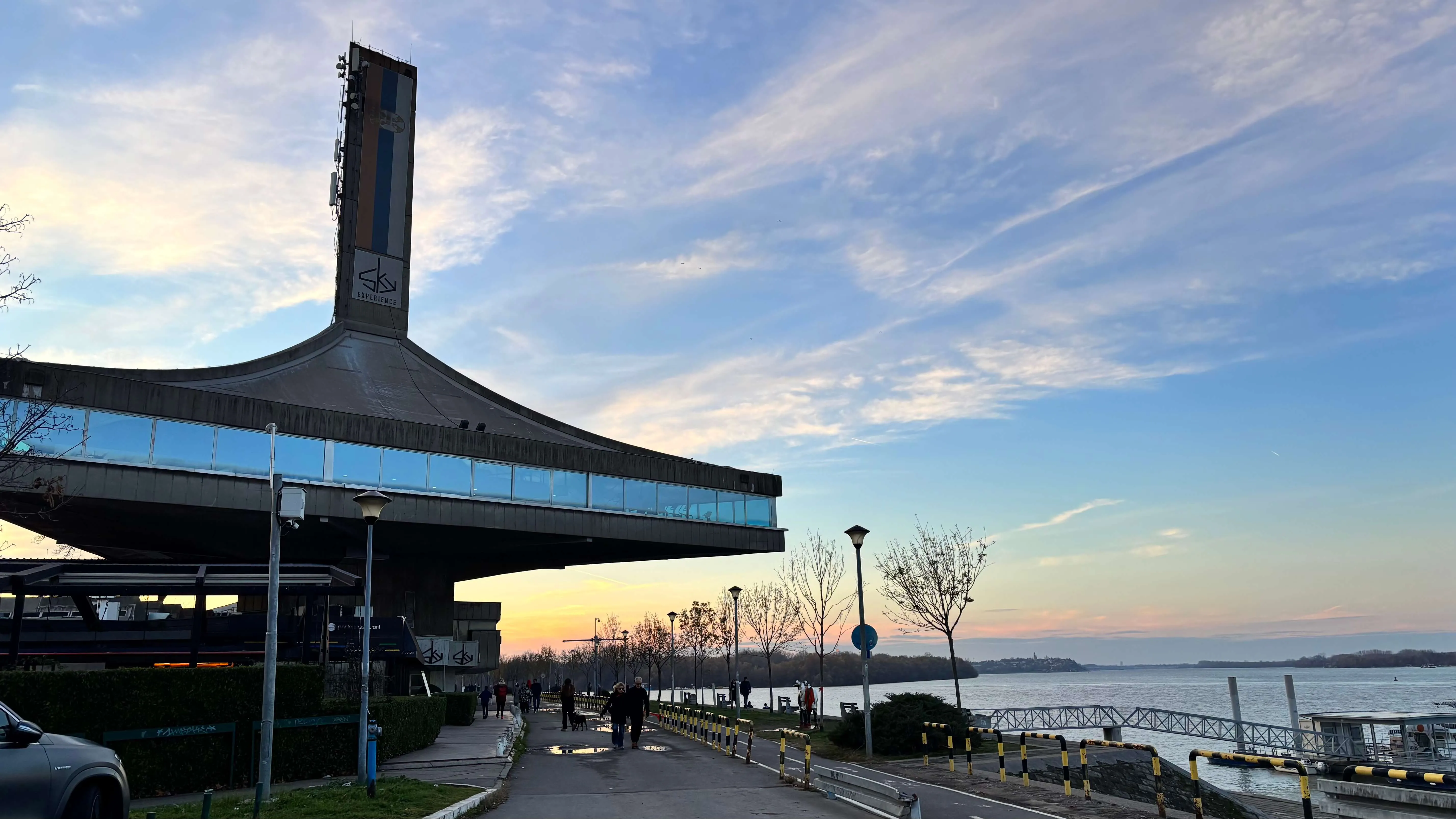
Ecology and Air: Winter Reality
The most obvious drawback is the air in winter. The air‑quality index (AQI) in January–February often stays around 100–200. These are not just numbers: my skin got inflamed, strong acne appeared and no cosmetics helped.
If you are seriously thinking about moving, live in Belgrade during winter first. Not as a tourist, but fully: open the windows, walk in the mornings, go to the store. Only then will you understand whether it is acceptable for you.
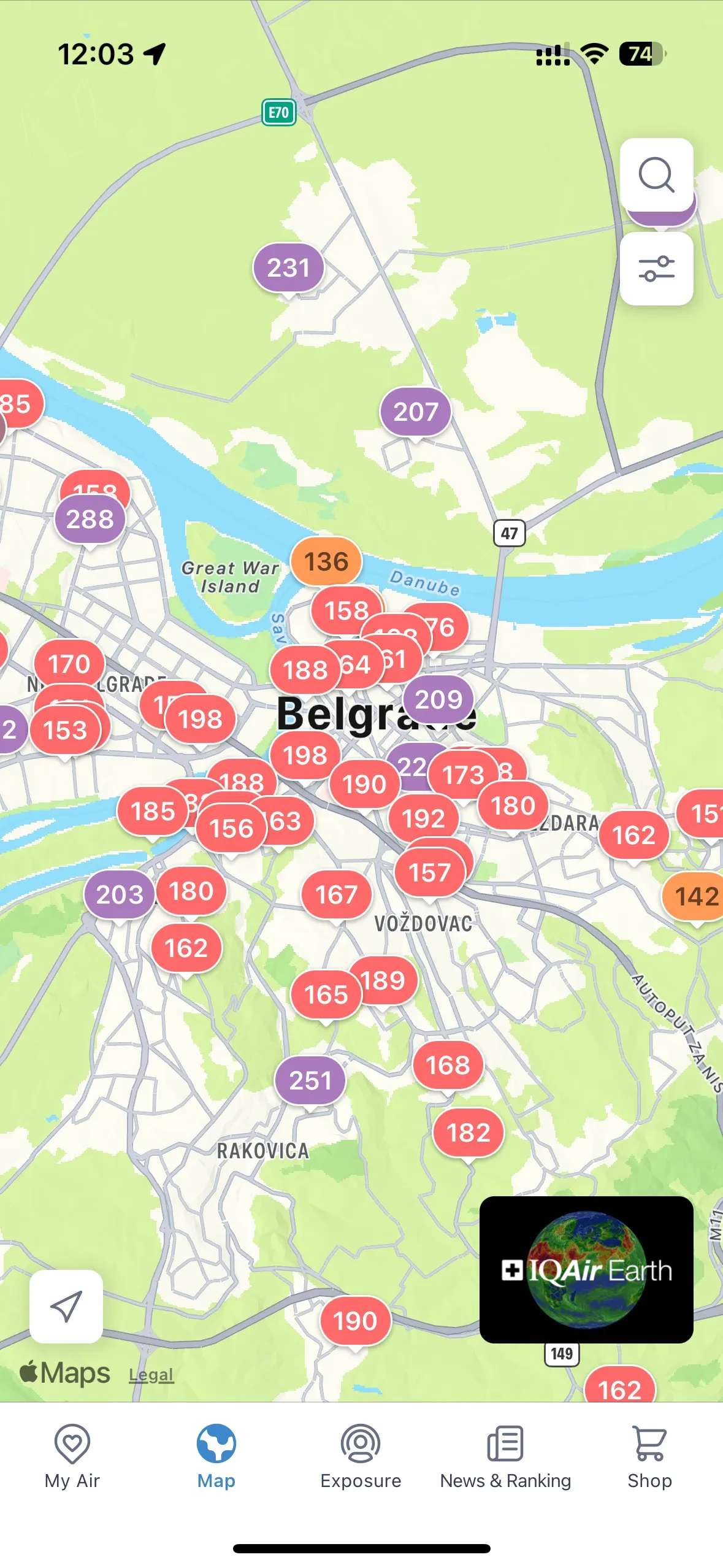
Summer in Belgrade: Heat Without Wind
Summer lasts from mid‑May to September. There is little rain, the air is still. The temperature is steadily 33–37 °C. Humidity is low and breathing is hard. A real stress test — another reason to come in the hot season.
City Layout
The city is divided into two large parts:
- Old Belgrade – the centre, early 20th‑century architecture, narrow streets, historic charm
- New Belgrade – brutalism, wide avenues, residential blocks
The problem is that both parts lack sidewalks. Cars often park on pedestrian zones. Walking side by side on a narrow street can be hard — especially with a stroller or bags. It is comfortable to walk only on the main wide streets.

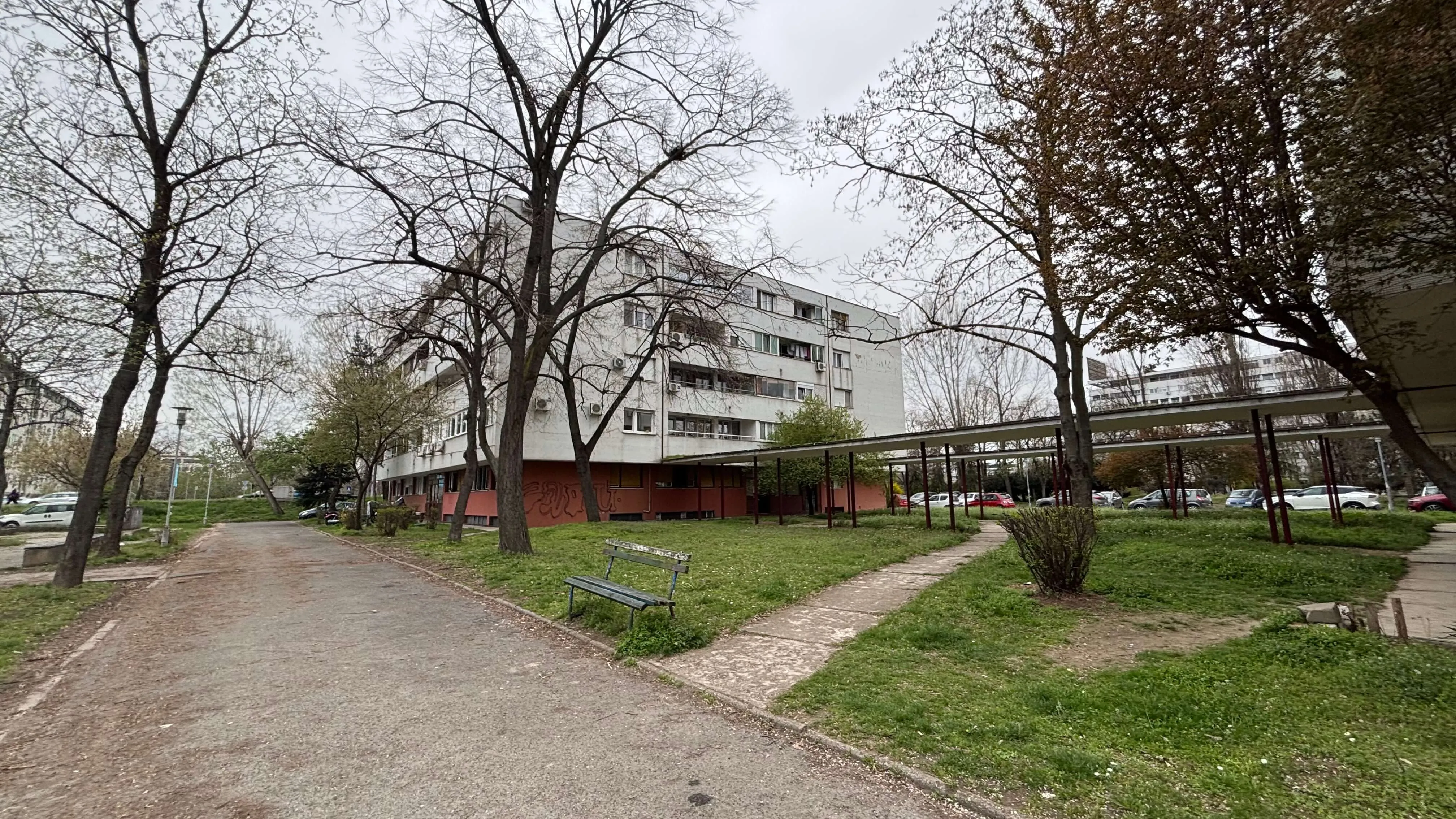
Public Transport: Don’t Count on It
Transport is a lottery, especially in winter. Once we waited 40 minutes in the rain and +7 °C for a tram that never came. Even Google Maps may not tell you that the route doesn’t operate.
- Some lines simply don’t run (including trams — new carriages don’t fit the track width).
- There are free buses but they don’t cover all routes.
- There is no direct transport from the centre to the airport — you need transfers or the paid A1 shuttle.
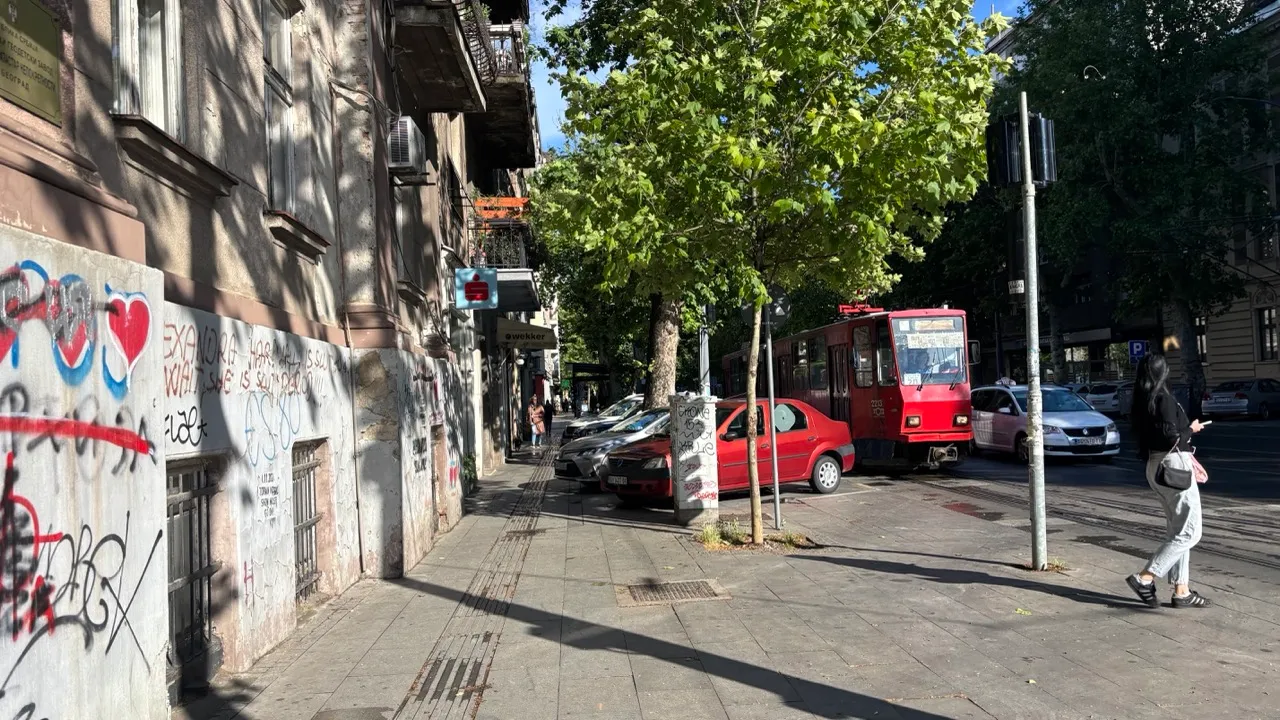
Taxis and the Metro
Yandex Go operates in Belgrade but the prices bite: the minimum ride costs 7–8 EUR. The metro is more like a city train. The carriages are old and in summer turn into a sauna (+40 °C and above). You can use it but it’s far from comfortable.
What to See
As for sights:
- Kalemegdan Fortress – classic view at the confluence of the Sava and Danube
- Zemun district – the old part of the city with Austro‑Hungarian architecture
- Belgrade Waterfront – a modern district with a promenade and new buildings
If you like taking photos, a walk through the old town and along the Zemun embankment can give very atmospheric shots: facades with history, street life, silhouettes of bridges at sunset.
For coffee lovers I recommend Sonder – probably the best café in town. They roast their own beans and always have a choice for filter or espresso. The café is in Vračar – you can stroll the quiet cosy streets with Balkan flavour.
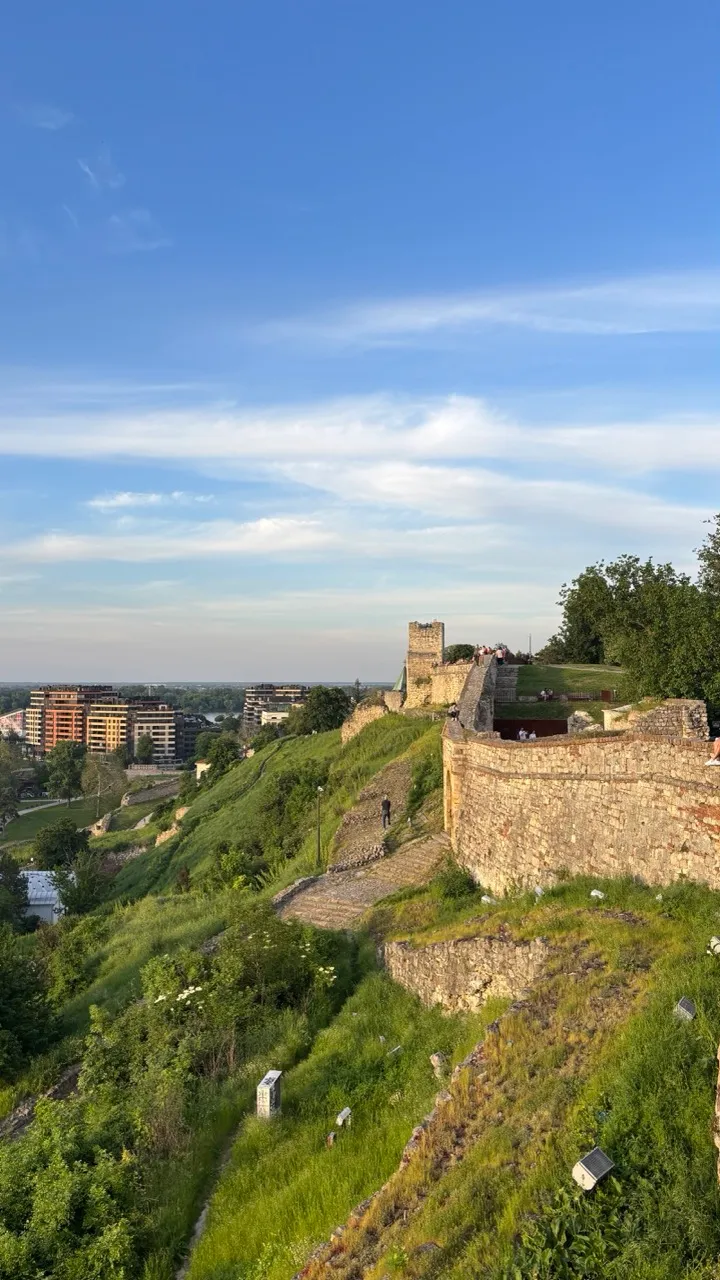



Nature Nearby
- Ada Ciganlija – a peninsula with beaches, bike paths and sports infrastructure. Perfect for walks and weekends.
- Mount Avala – about an hour away. There’s a lookout tower, serpentines, greenery and the Karadjordje Mausoleum. A favourite picnic spot for locals.
- The Arboretum in the city itself – small, good for about an hour of walking.
Museums and Culture
Highlights:
- Museum of Contemporary Art – with rotating exhibitions of local artists
- Silosi – an art space in old docks. Food court, bar and murals. In general Belgrade murals often raise questions of anatomy and proportions
- The city zoo – I liked the mosaics on the outer wall
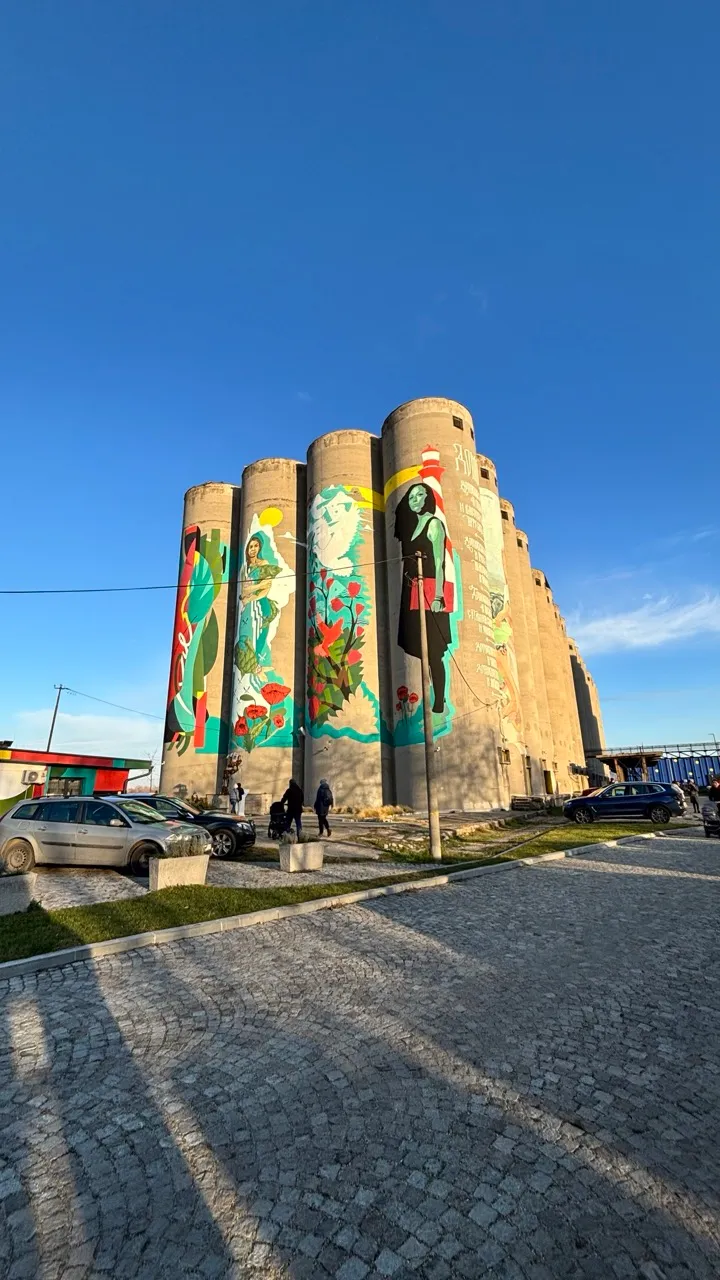
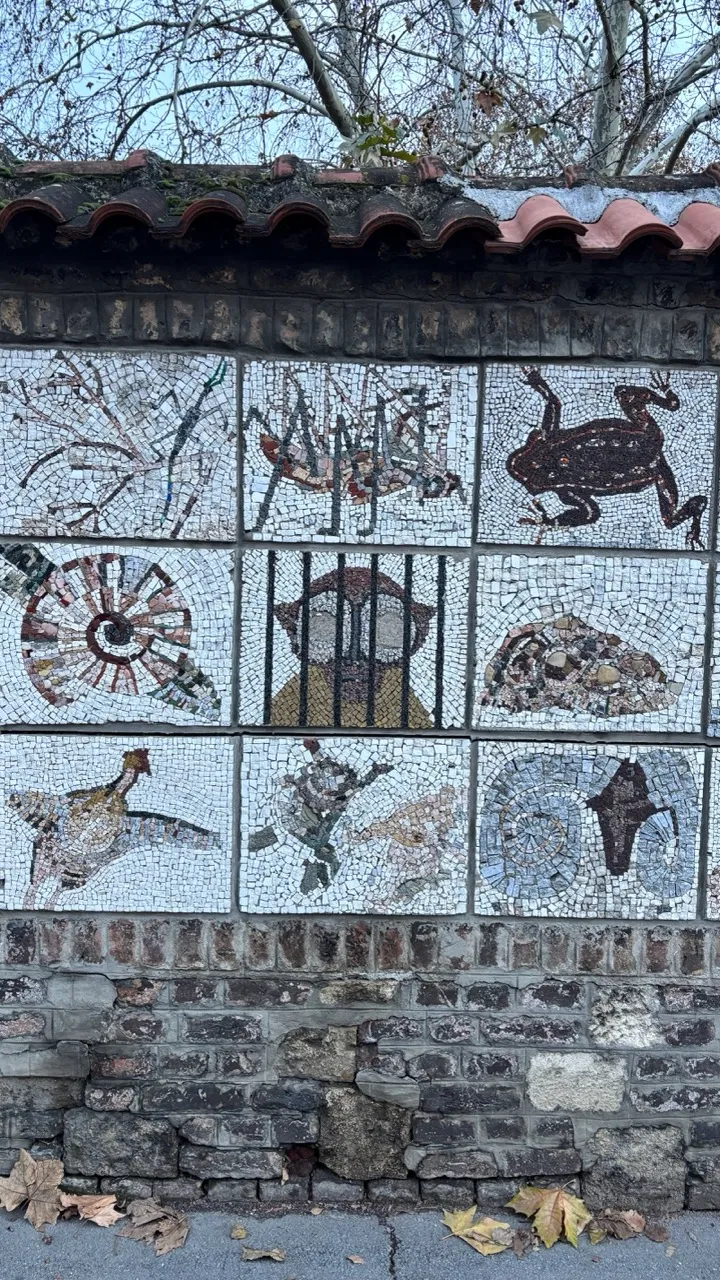
Overall Impression
Belgrade isn’t a perfect city. It’s a place with character: noisy, dusty, where things don’t always work as they should. But it has energy and history, and if you’re ready for compromises you can give it a try. The main thing is to honestly answer whether you’re ready to live in such conditions not for a vacation but for half a year or a year.